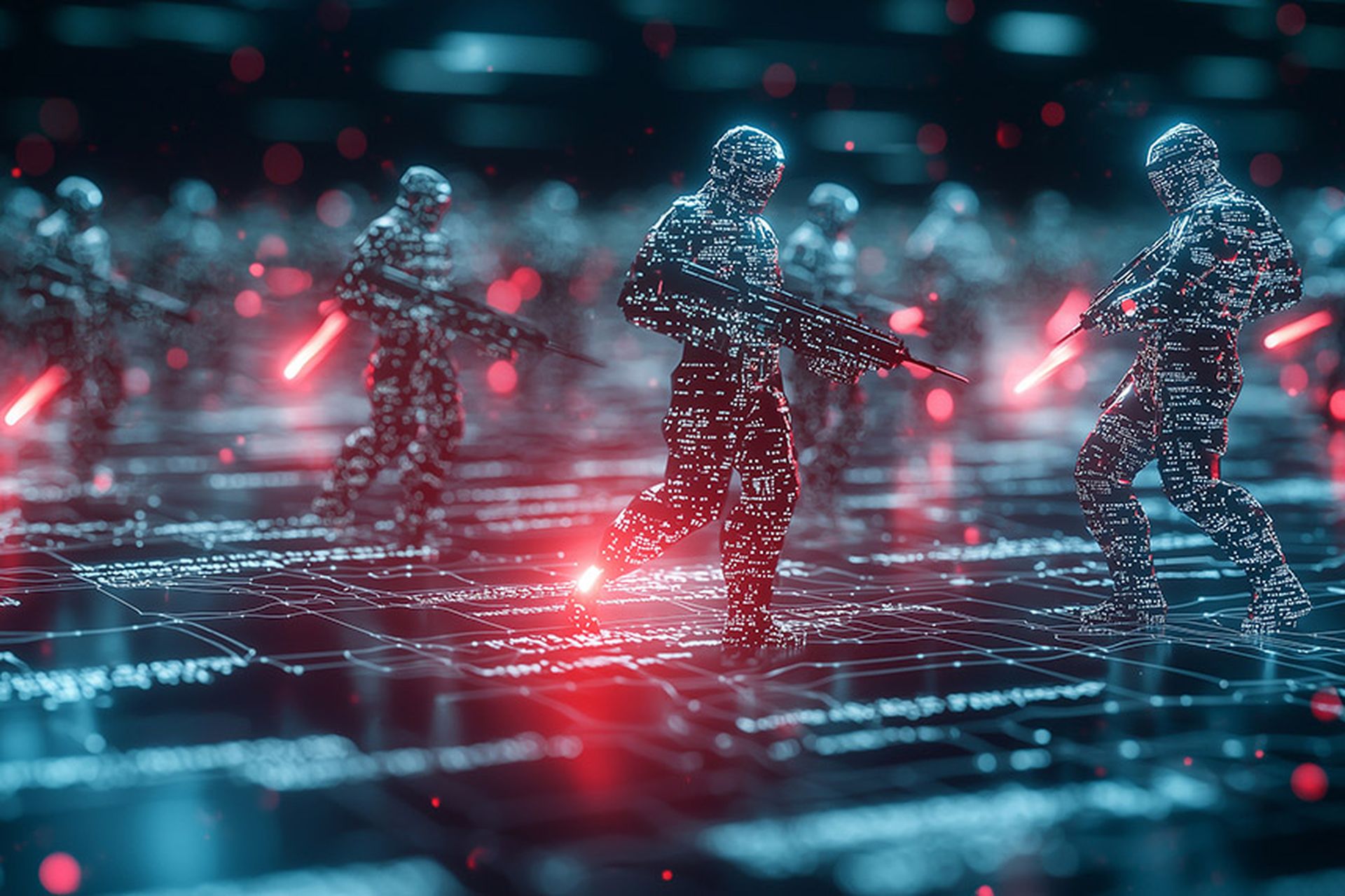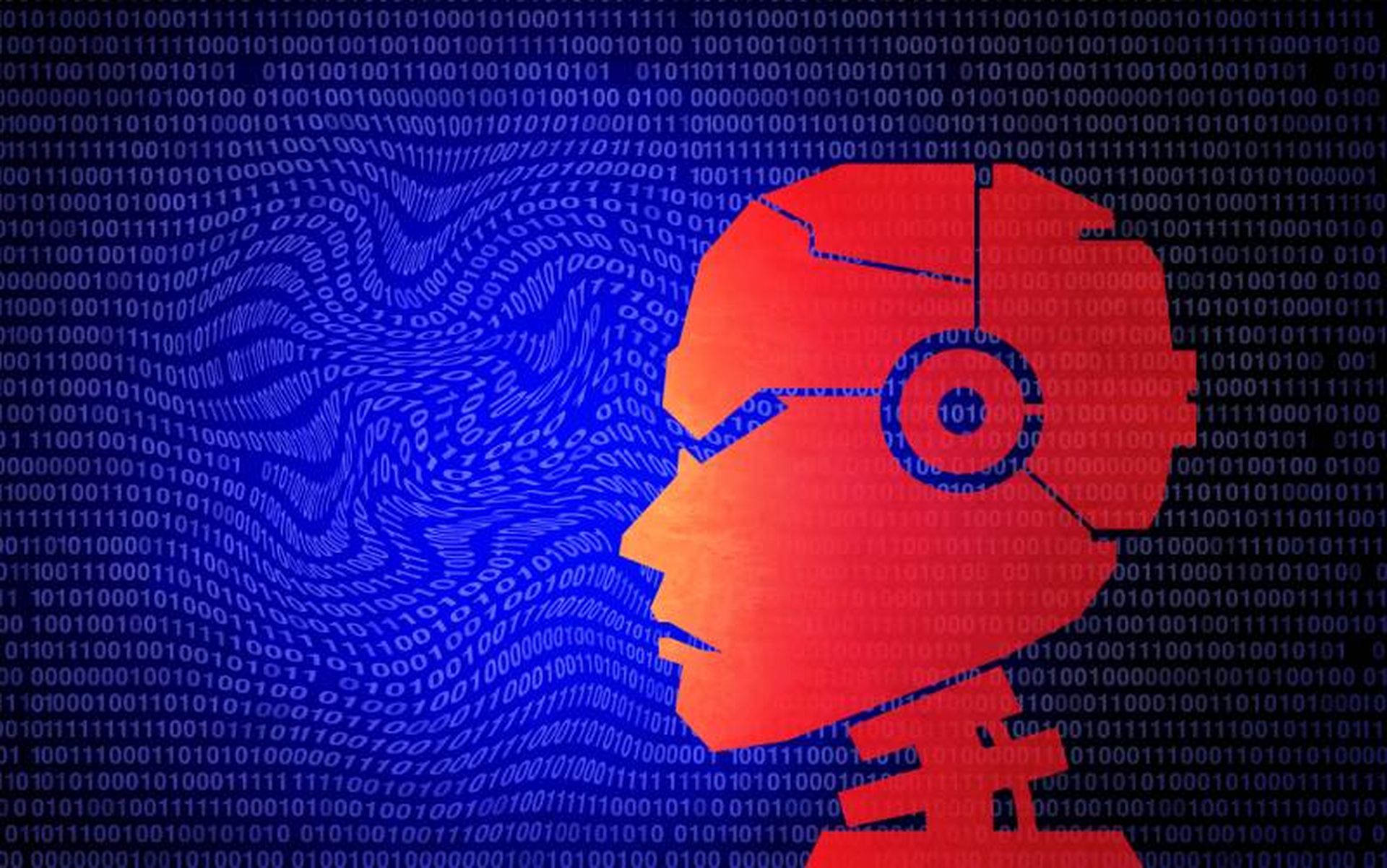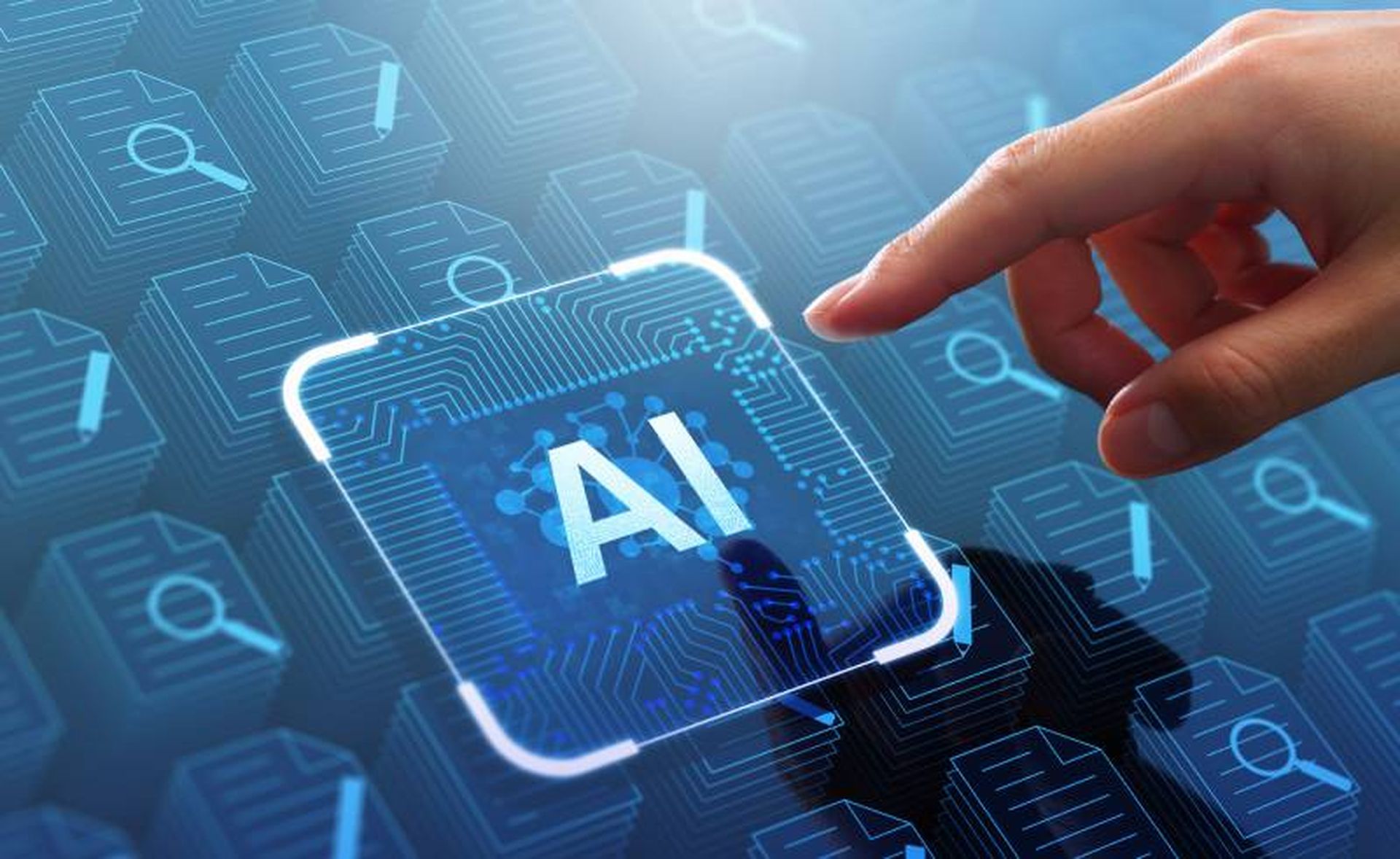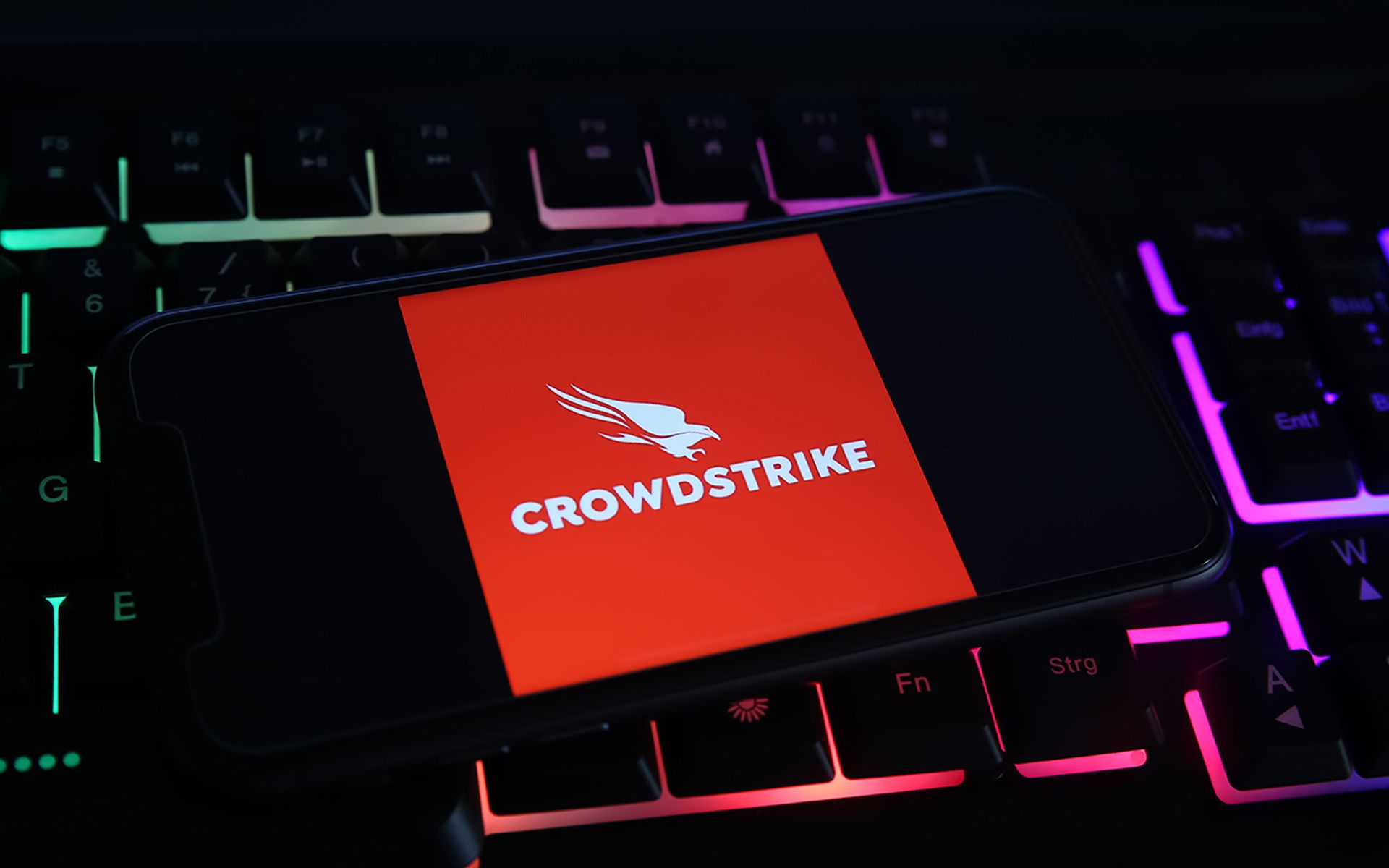Nearly 9 in 10 decision-makers are worried about being on the receiving end of cyberattacks driven by artificial intelligence automation tools, according to research from Armis.
The security firm's most recent State of Cyberwarfare report, released Tuesday, found that 87% of respondents were worried about falling victim to AI-driven attacks from state-sponsored threat actors.
“AI-driven cyberattacks have evolved at a rapid-pace, growing more sophisticated each day. Entire organizations are vulnerable and nations are caught in a digital crossfire,” said Armis CTO and co-founder Nadir Izrael.
“Tensions between nations have escalated to unprecedented levels, and the threat of cyberwarfare is no longer a distant fear.”
The growth in fear over AI in cyberwarfare is a stark contrast with years past, when decision makers only considered such threats to be a minor issue. Last year, Armis said that 46% of those surveyed said they were unconcerned about such attacks.
Part of the issue, according to the researchers, is a change in the political climate. Izrael pointed to the 2024 election cycle, along with current global conflicts, as catalysts for threat actor events.
It's reasoned that the current turmoil in Ukraine and the Middle East are driving global powers to add more resources into cyberwarfare and utilizing AI in particular as a means of automating cyberattacks.
“A key factor is the rise in geopolitical uncertainty, fueled by armed conflicts and a seismic shift in the 2024 election cycle, where every governing party in a developed nation lost vote share,” Izrael noted.
“However, the most significant driver is AI, which is dramatically escalating the scale and sophistication of cyber threats, from large-scale ransomware attacks to full-on cyber-physical attacks.”
Is AI part of the problem, as well as the solution?
Not every issue was exclusive to 2024, however. Armis noted that there were some common factors that network defenders saw coming in 2023 that proved to be relevant in 2024 and likely will carry into the coming year.
In particular, the flood of data being generated by threat actors and modern security platforms is giving administrators and security professionals a challenge and presenting a double-edged sword: AI is generating more attacks than ever, but also providing a possible solution to automate and streamline threat detection and resolution.
“Last year’s report underscored similar issues: overwhelmed teams, a deluge of data, and limited resources, leaving organizations struggling to close critical gaps,” said Izrael.
“The difference now is that attackers are weaponizing AI at unprecedented levels, accelerating risks while organizations fall further behind in their ability to respond.”




